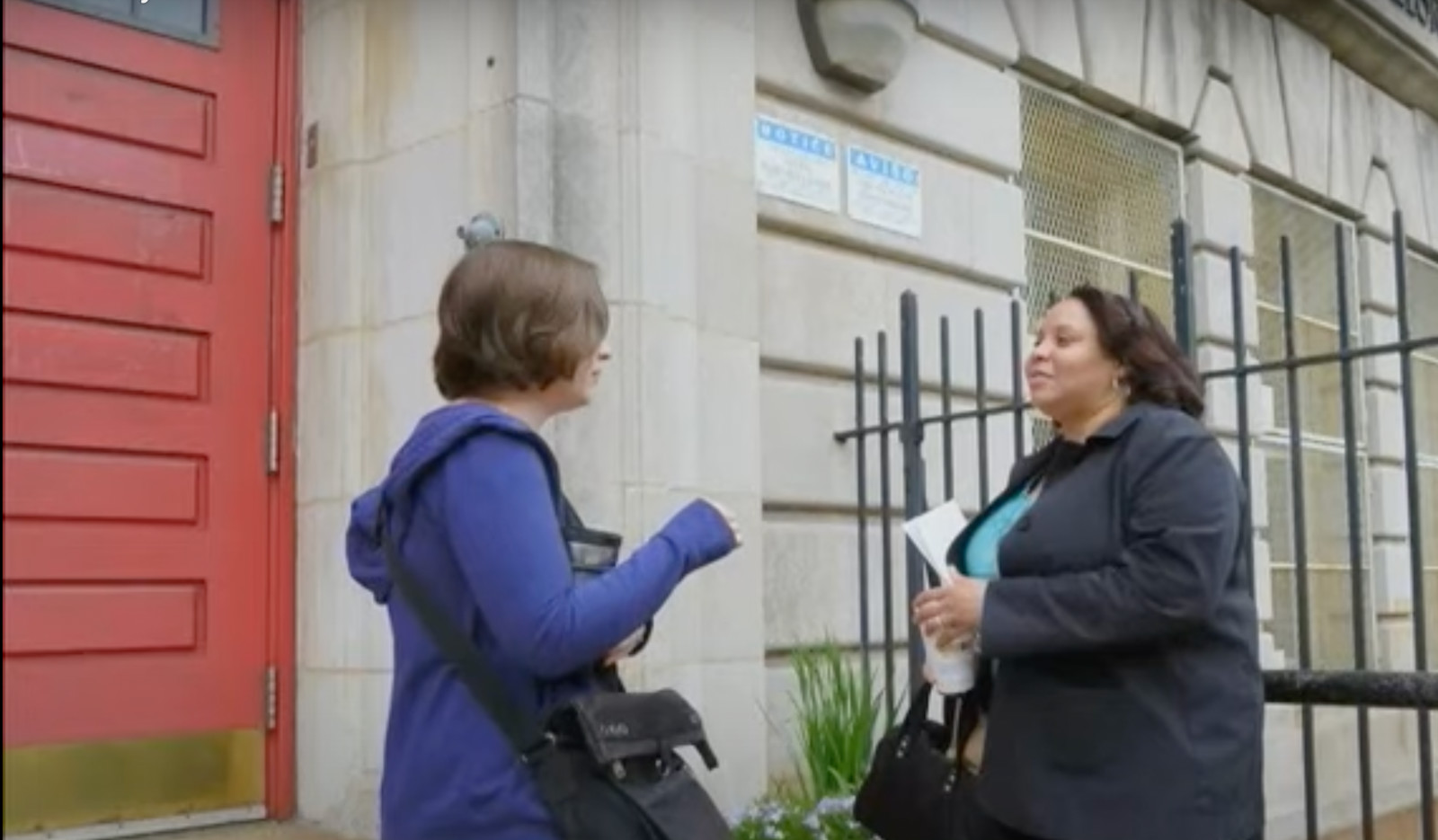I Attended a CEC Meeting. This is What I Learned.

Last week, as I fried onions and garlic for the burritos I would soon share with my family, I propped my laptop on my yellow kitchen stool, turned up the volume and attended my third Community Education Council (CEC) meeting in a month.
These took place online, at dinnertime, and represented various neighborhoods in the city—Ocean Hill and Brownsville, the Lower East Side, the Upper West side.
When I was a NYC public school parent, I never attended a CEC meeting. It was enough to get my child to school on time and facilitate homework at night. I didn’t even know what C-E-C meant. It sounded complicated.
Briefly, there are 32 CECs—one for each of the community school districts—that oversee matters relating to grades pre-K to 8. Each has 11 voting members: nine are parents, two are community members, one is a high school senior. There are also four Citywide Education Councils to represent high schools, English Language Learners, Special Education, and District 75.
The CEC offers a snapshot of what’s happening in your child’s school district. Are schools growing or shrinking (and why)? Which school is getting a new playground? What is the district doing about so many absent students?
Meetings are held monthly and are open to the public. They provide easy access to the centers of power in our city's school system. Periodically, superintendents (the people who lead the districts) share slideshows with charts that celebrate successes, illustrate trends, and identify challenges. After their presentations, they answer questions from the audience.
Meetings are translated into the most commonly-spoken languages in the district and, on zoom, at least, children’s voices can often be heard in the background when leaders speak. This was one of my favorite parts of my foray into CECs. A gentle reminder of why we get involved in our public schools.
Here's a small sampling of what I learned
- Superintendents share fun facts from individual schools, for example, a basketball team played in Puerto Rico over the winter break.
- They also share detailed information about how teachers are working to improve instruction, for example, one district is training teachers in the Science of Reading; another has eight pilot schools learning how to screen all students for dyslexia.
- Attendance can be surprisingly small. It makes it easy to ask questions. Superintendents are candid, and not just about successes. (“In every single grade we saw declines in math in grades 3-8,” said one.)
- CEC’s bring in experts on a range of topics. I watched an excellent presentation on mental health with a focus on how to spot depression in children.
- Construction authority representatives attend meetings to explain capacity (i.e. seats), mandated (i.e. air conditioning), and capital (i.e. fire alarms) improvements in the district.
- CEC leaders share their emails.
You will learn a lot when you attend a CEC meeting. Even if you have to multi-task to make it happen, I encourage you to give it a try.
Dates and zoom links can be found on the Department of Education’s CEC meeting calendar.
Read more on the DOE’s FAQ page.
If you want to get more involved, apply to be a member by February 13, 2023.
Please Post Comments